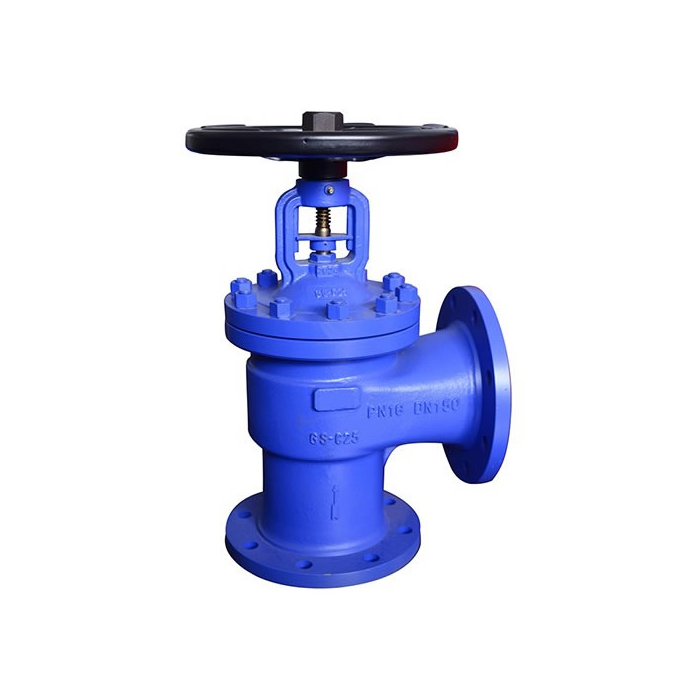How to operate and maintain the valve during operation

This article elaborates on how to maintain valves during valve operation.
1. Keep the external surface of the valve and the moving parts clean and protect the integrity of the valve paint. Those, including the surface of the valve, the trapezoidal thread on the stem and stem nut, the sliding part of the stem nut and the bracket, and the gears, worm gears, etc. are prone to deposit dust, oil and media debris, causing wear and corrosion to the valve. Therefore, the valve should be kept clean at all times. The general dust on the valve is suitable for brush sweeping and compressed air purging. It can even be brushed with a copper wire brush until the working surface and the mating surface show metallic luster, and the paint surface shows the original color of the paint. Steam traps should be specially staffed and inspected at least once per shift; periodically flush the flush valve and the steam trap bottom plug, or periodically disassemble and rinse to prevent dirt from clogging the valve.
2 Those parts, including the valve trapezoidal thread, the stem nut and the sliding part of the bracket, the bearing position, the meshing part of the gear and the worm gear and other matching active parts need good lubrication conditions to reduce the mutual friction and avoid mutual wear. For parts that do not have oil cups or grease nipples, which are easily damaged or lost during operation, the lubrication system should be repaired and the oil circuit should be clarified.
The lubrication part should be refueled regularly according to the specific conditions. Frequently opened, high temperature valves are suitable for refueling once a week to one month; valves that do not open frequently and are not hot may have a longer refueling cycle. Lubricant organic oil, butter, molybdenum disulfide and graphite. Oil is not suitable for high temperature valves; butter is also not suitable, they will be lost due to high temperature melting. The high temperature valve is suitable for adding molybdenum disulfide and wiping graphite powder. Lubricating parts exposed on the outside, such as trapezoidal threads, interdental parts, etc., are greased with grease, which is highly susceptible to dust. Lubricating with molybdenum disulfide and graphite powder is not easy to contaminate dust and the lubrication effect is better than butter. Graphite powder is not easy. Apply directly, use a little oil or water to mix and paste.
The oil-filled plug valve should be filled with oil according to the specified time, otherwise it will be easy to wear and leak.
3. Keep the spare parts complete and in good condition. The bolts of the flange and bracket should be complete and full, and no looseness is allowed. If the fastening nut on the handwheel is loose, tighten it in time to avoid wearing the joint or losing the handwheel. After the handwheel is lost, it is not allowed to replace the handwheel with a flap. It should be timely. The packing pressure difference does not allow for skewing or pre-tightening clearance. In an environment that is easily contaminated by dirt such as rain, snow, dust, etc., the valve stem should be fitted with a protective cover. The scale on the valve should be kept intact and accurate. The seals, caps and pneumatic accessories of the valve should be complete. The insulation jacket should be free from dents and cracks.
4. In addition, it is not allowed to knock, support heavy objects or stand on the valve to avoid soiling the valve and damaging the valve. In particular, non-metallic mesh doors and cast iron valves are even more banned.
If you are interested in more information, feel free to contact us via sales@jhflow.com.